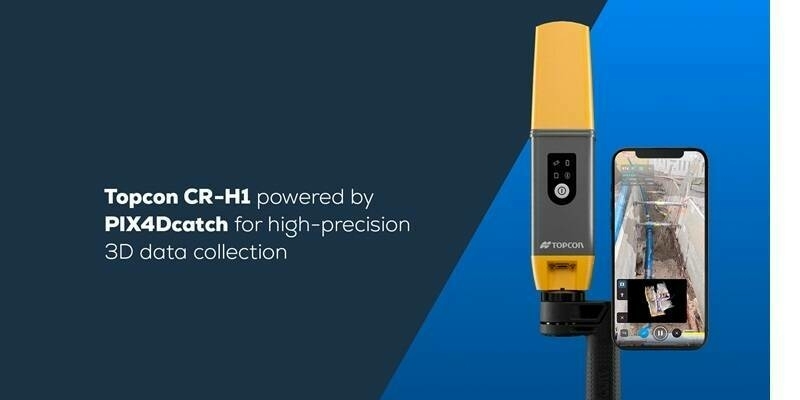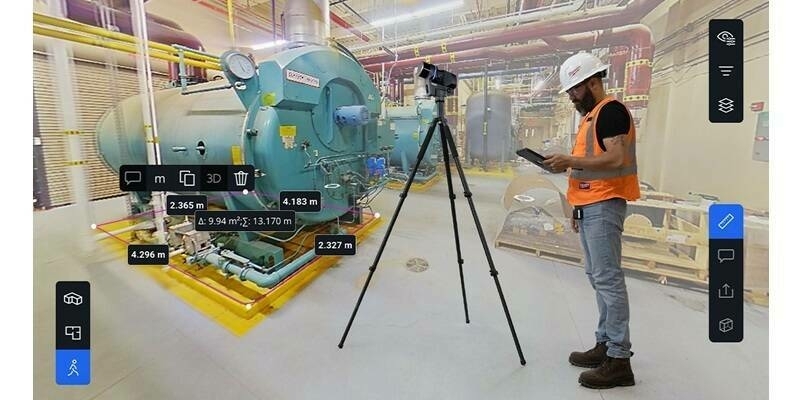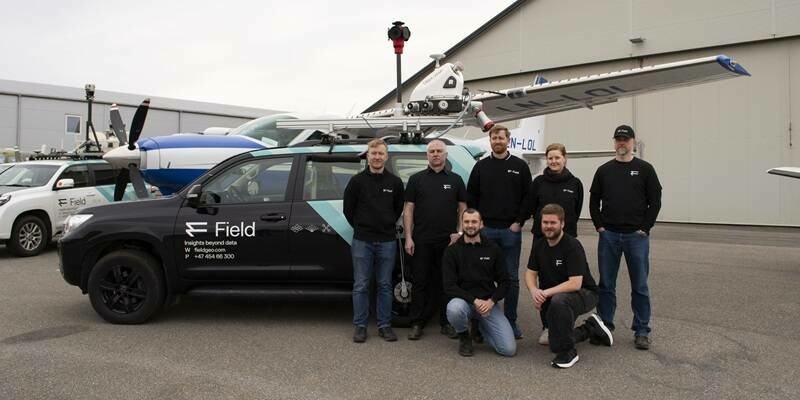The new network will enable utilities to improve their business through a modernized architecture solution, but full integration into the new architecture will take years – and for most that means five to ten years, not just one or two. As they look forward to the future under the Utility Network, the impending technology disruption is bringing big questions about the present and the future for utilities.
Will there be a new desktop experience? Will existing reports and customizations need to be revisited? Will the new scripting language force me to rewrite autoupdaters that exists with today’s framework? Will mission critical systems that are integrated to GIS need to be rebuilt?
The simple answer, yes, may throw people into an apocalyptic frenzy – but it shouldn’t. Schneider Electric, a major partner of Esri, is helping utilities think about a phased approach to move at their own pace to the new network. It’s completely unrealistic to think to think that any utility would be able to reconstruct every GIS-based integration, customization and report at once while retaining all their users.
Luckily, new industry technology allows utilities to adopt new technology that works with the Geometric Network, but also prepares them for the future by supporting the new Utility Network for when they make the jump. Like updating a cell phone with new software before buying the latest model, utilities can integrate available applications to improve current processes that are built to carry over and ease the transition to the Utility Network.
We would like to offer a bylined article from a Schneider Electric expert on the many questions faced by utilities as the launch of the Utility Network approaches and how they can ease the transition. If interested, please do not hesitate to reach out.
Subscribe to our newsletter
Stay updated on the latest technology, innovation product arrivals and exciting offers to your inbox.
Newsletter

